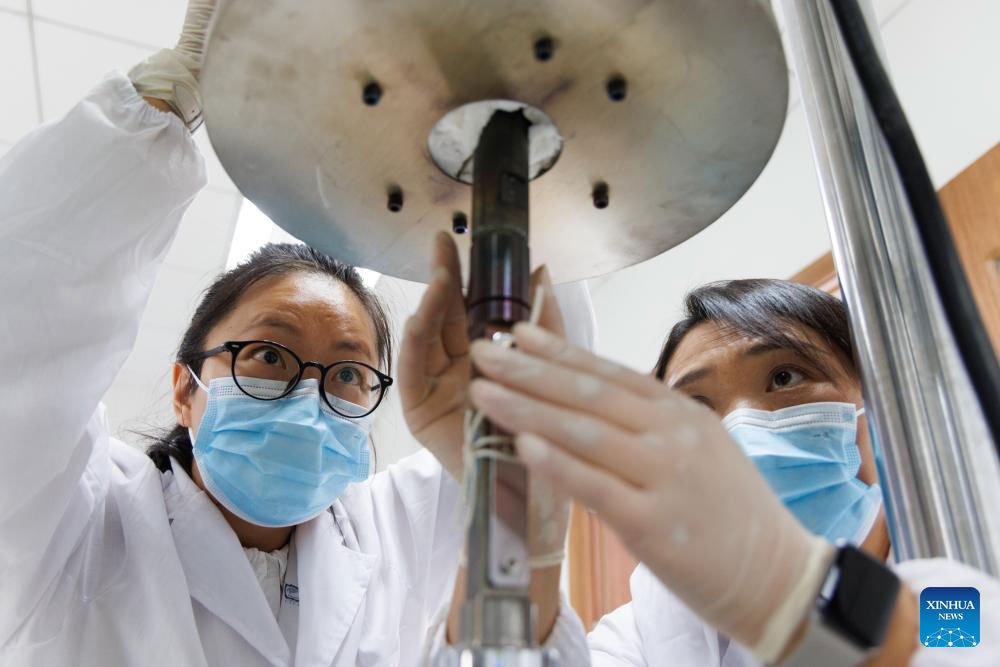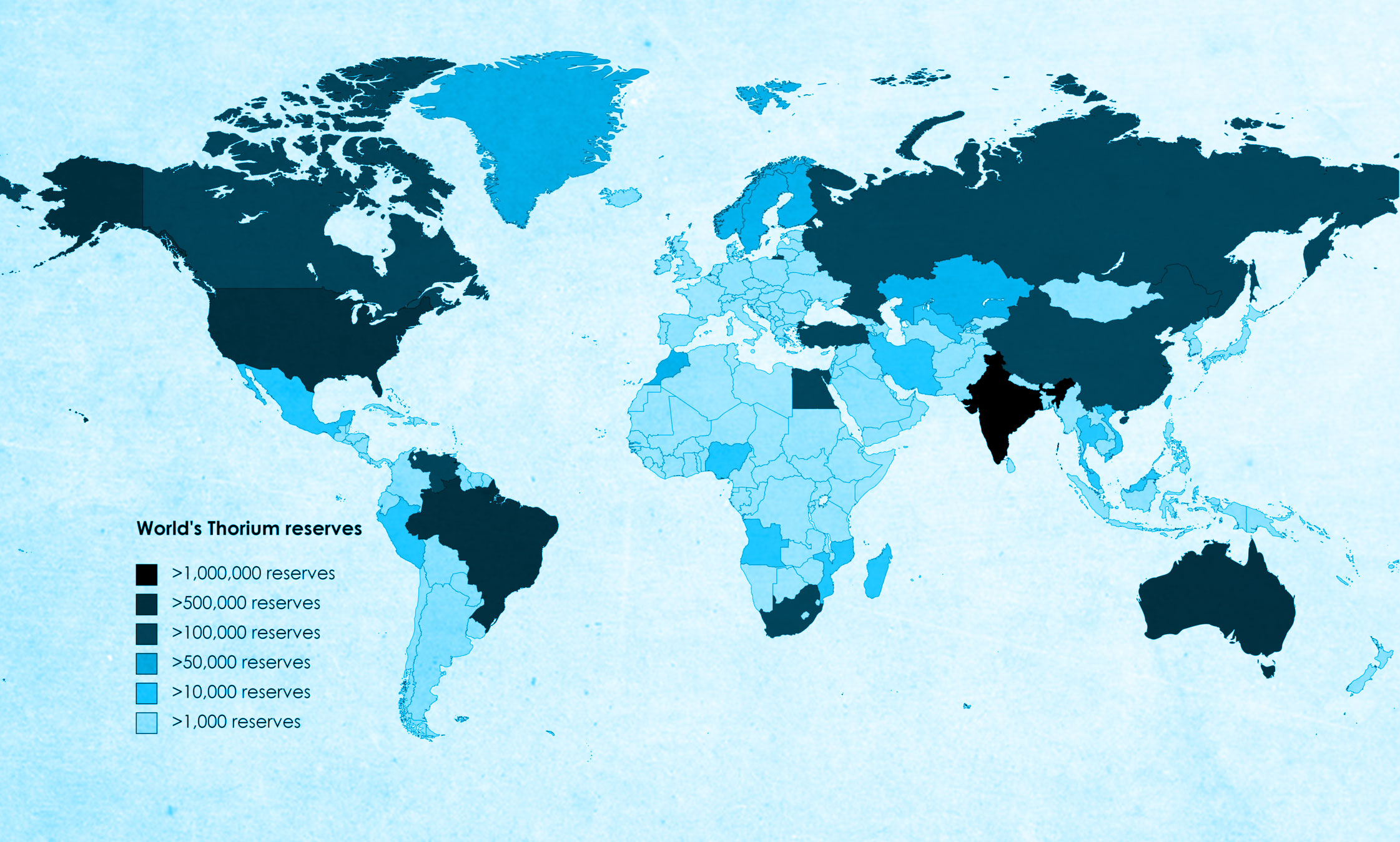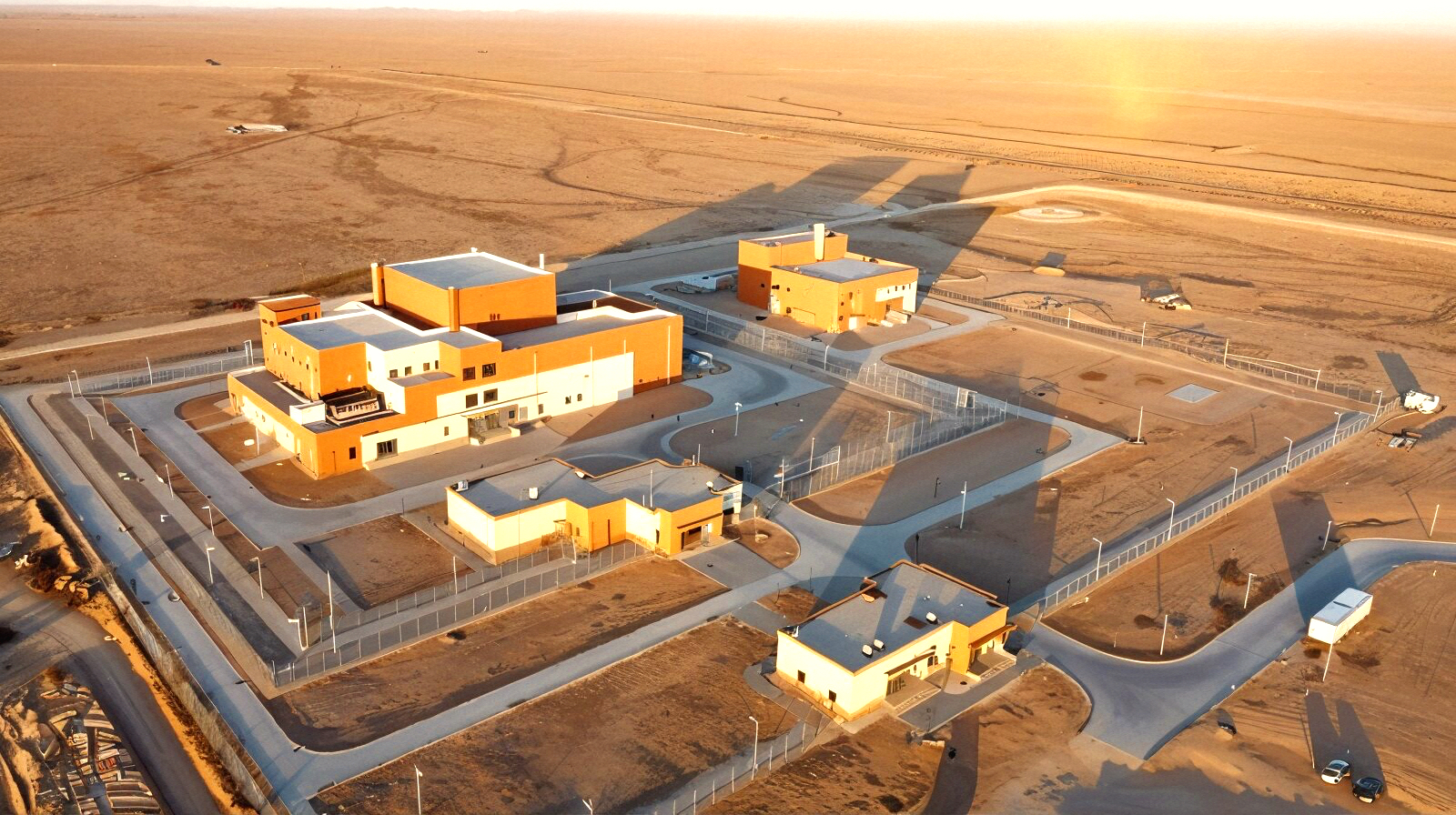China is moving closer to commercializing thorium-fuelled molten salt reactors, marking a significant step toward a new era of safer, more sustainable nuclear power.
China is pushing forward with a reactor technology long viewed as promising but elusive: molten salt systems powered by thorium. New results from the country’s experimental program suggest the technology is approaching practical viability.
In the Gobi Desert, researchers confirmed that their prototype molten salt reactor successfully bred uranium-233 from thorium—a crucial requirement for a self-sustaining thorium fuel cycle. This demonstration places China among the few nations to validate this conversion inside a functioning reactor.
Thorium cannot sustain a nuclear reaction on its own, but when exposed to neutrons it becomes uranium-233, a fissile material capable of powering the reactor. China’s latest tests show this process working as intended, strengthening confidence in the technology’s scalability.
China’s renewed focus on thorium is tied to energy security. The country relies heavily on imported uranium, while thorium is widely distributed within its borders, especially alongside rare-earth deposits. A domestic thorium cycle would greatly reduce foreign fuel dependence. Regulators signaled this direction in 2023 when they approved the first molten salt reactor designed specifically for thorium, noting that China holds enough thorium to power its grid for millennia—an optimistic figure, but one that reflects national strategy.
Molten salt reactors differ from conventional designs by dissolving nuclear fuel in a high-temperature liquid salt mixture. This enables high efficiency at low pressure and adds inherent safety advantages. China’s prototype is modest at 2 MW thermal, built not to generate electricity but to test the fuel cycle, chemistry, materials, and system behavior.
Since the reactor achieved criticality in 2023, engineers have tracked salt composition, radiation levels, and material performance. Newly released data confirms that thorium behaved predictably and bred usable uranium-233 within the reactor, validating key scientific assumptions.
The potential benefits are substantial: cleaner nuclear power, reduced long-lived waste, minimal need for enriched uranium, and fuel cycles less suited for weapons production. Yet major hurdles remain. Molten salt is corrosive, high-temperature materials must withstand decades of stress, and handling uranium-233 requires specialized safeguards. No nation has yet turned a thorium reactor into a commercial product.
China’s centralized planning, large technical workforce, and long-term decarbonization goals give it a unique advantage in tackling these challenges. The thorium molten salt initiative aligns closely with its push for diverse, low-carbon energy sources.
If the effort succeeds, thorium reactors could deliver steady zero-carbon power, support industrial heat applications, and eventually form the basis of exportable designs. For now, the technology remains in its experimental phase, and commercial deployment is still years away. But China’s latest milestone shows clear progress toward a system long viewed as just beyond reach.
With this breakthrough, the prospect of thorium playing a major role in future global energy systems feels closer than ever.







